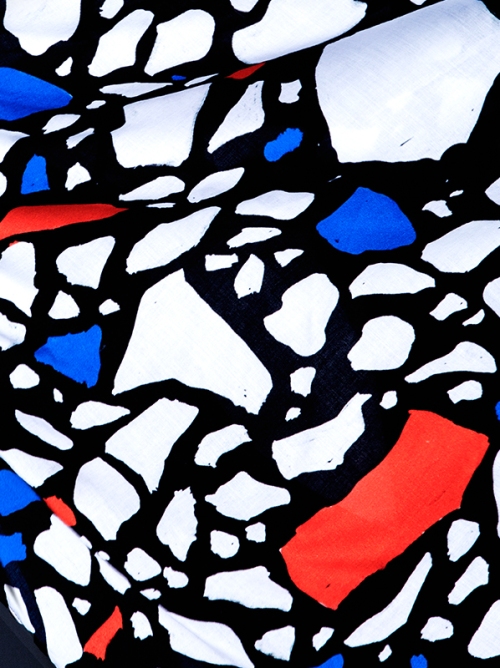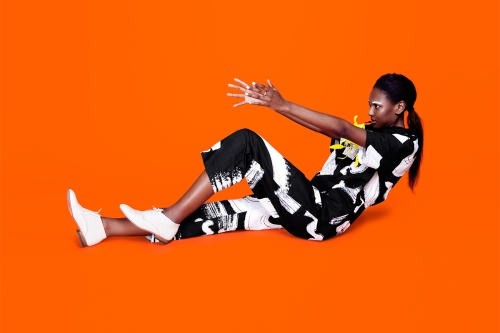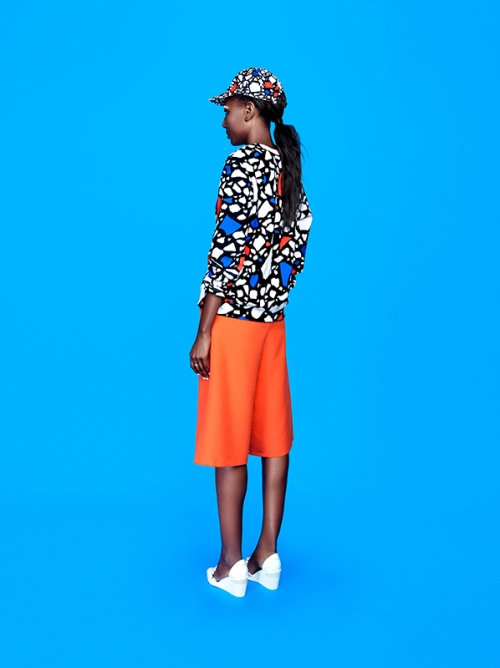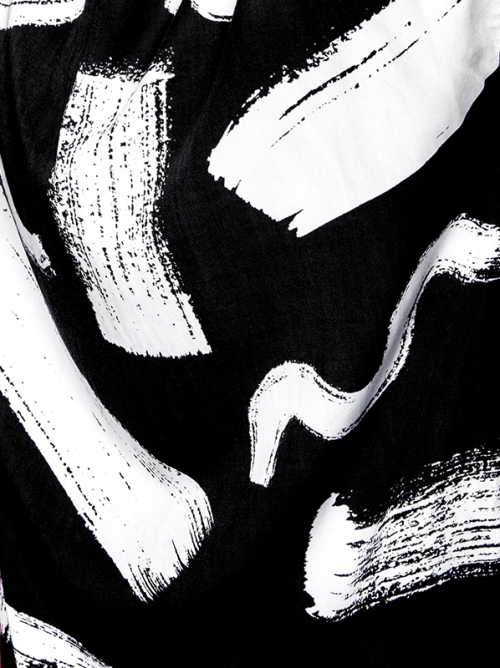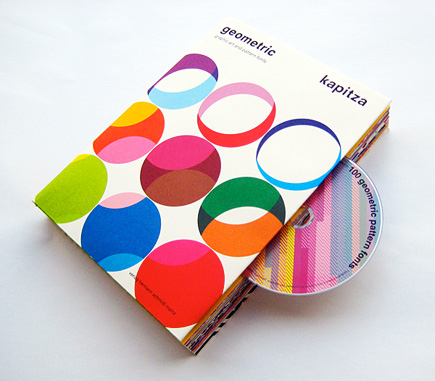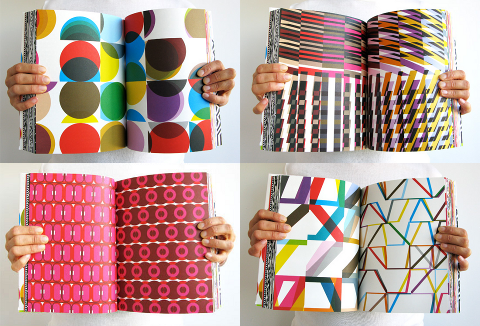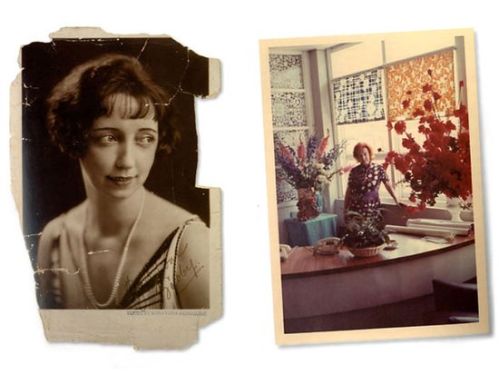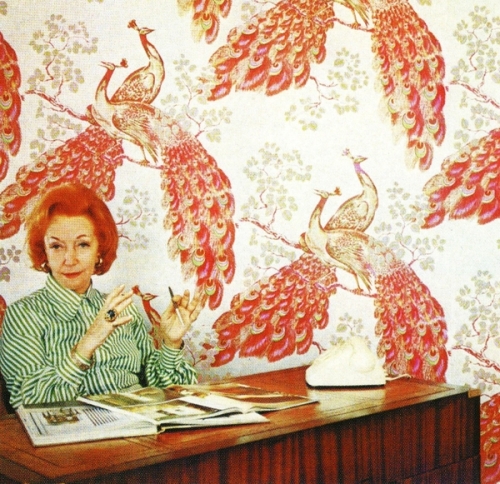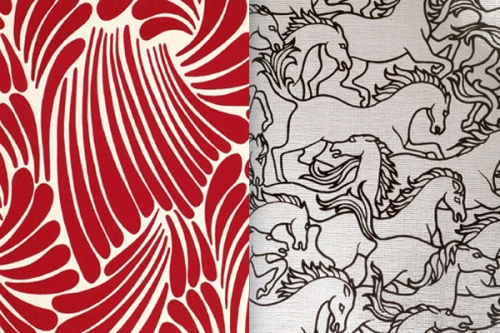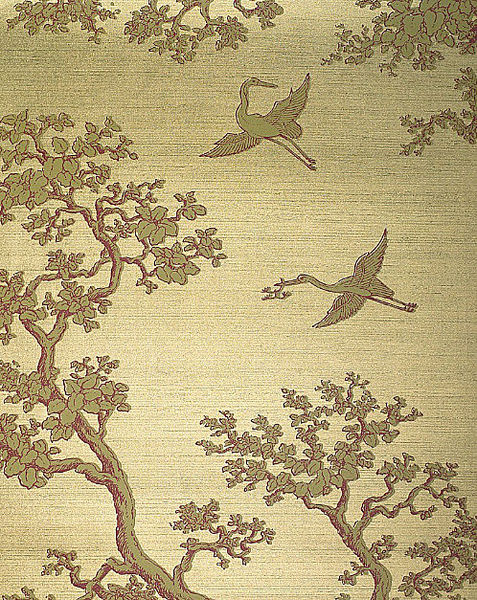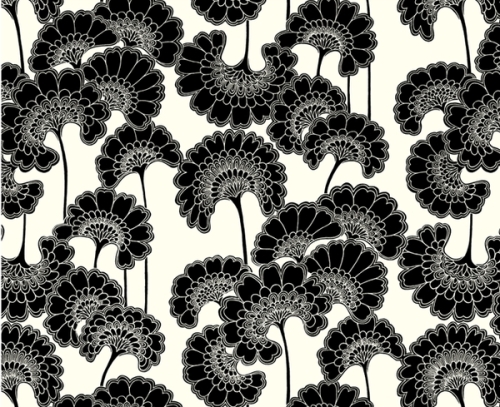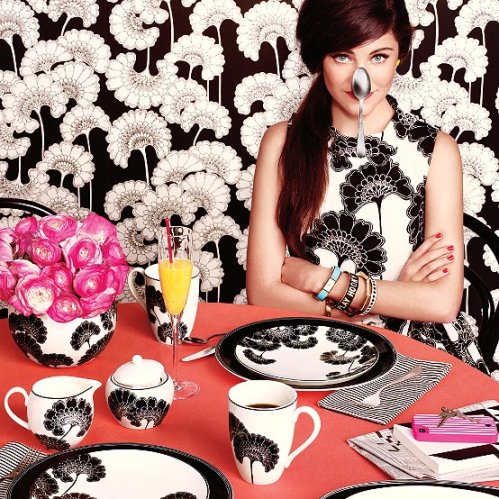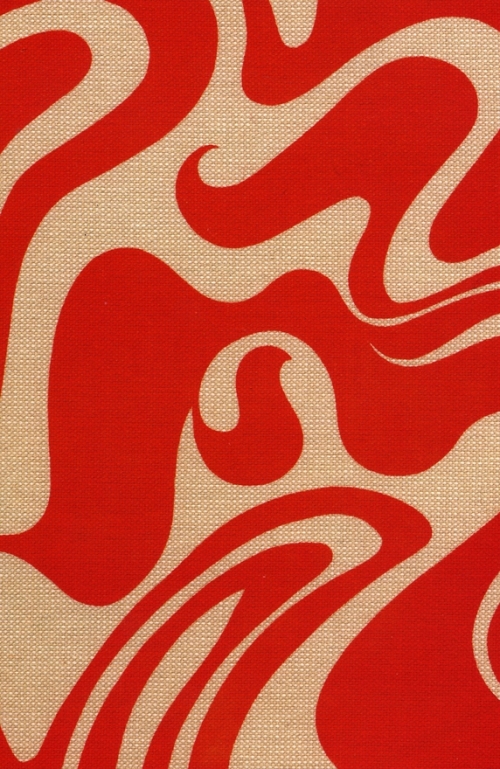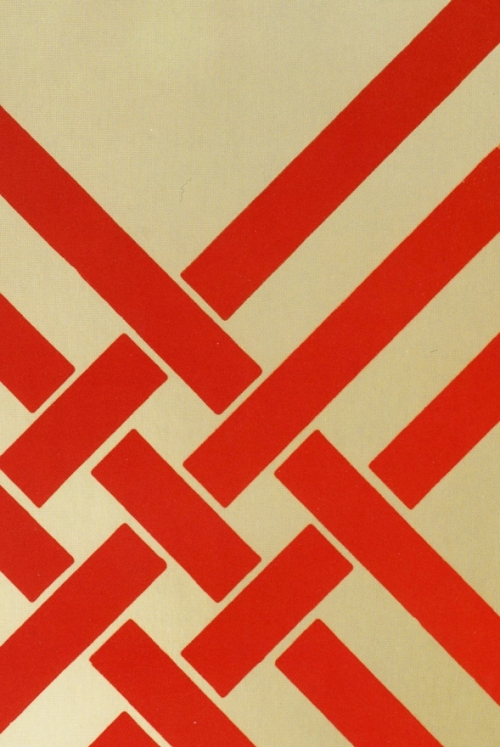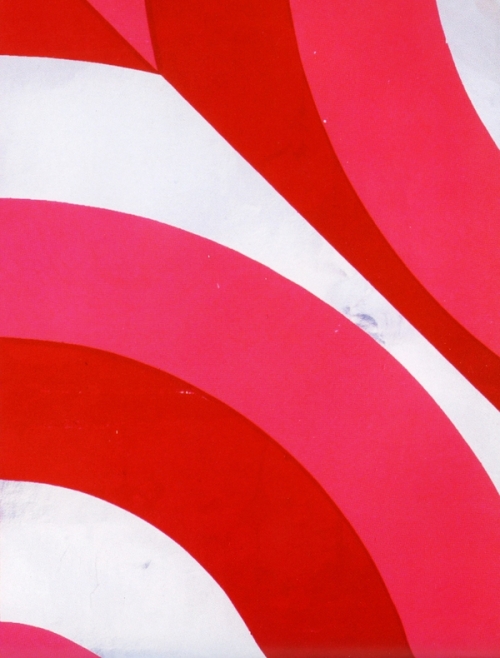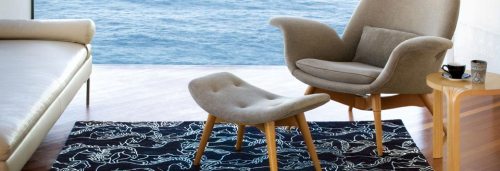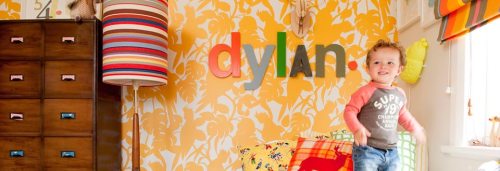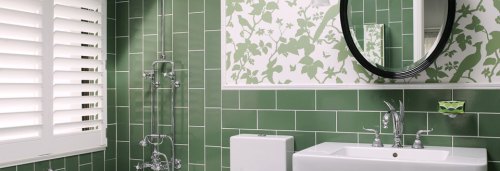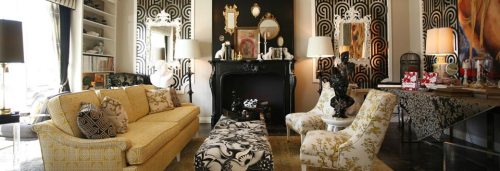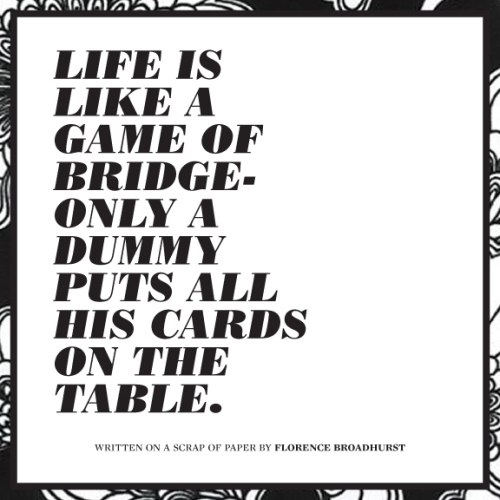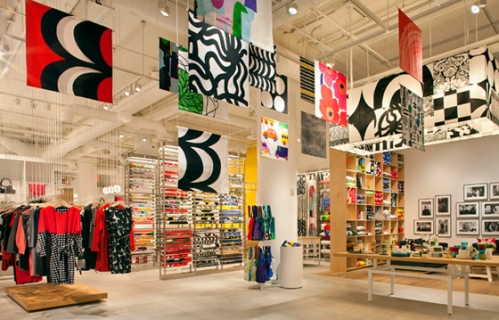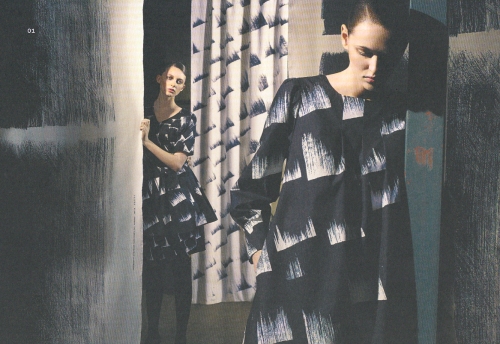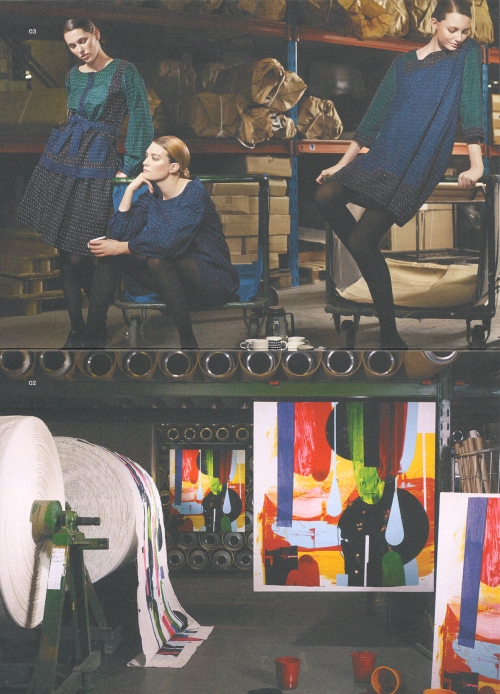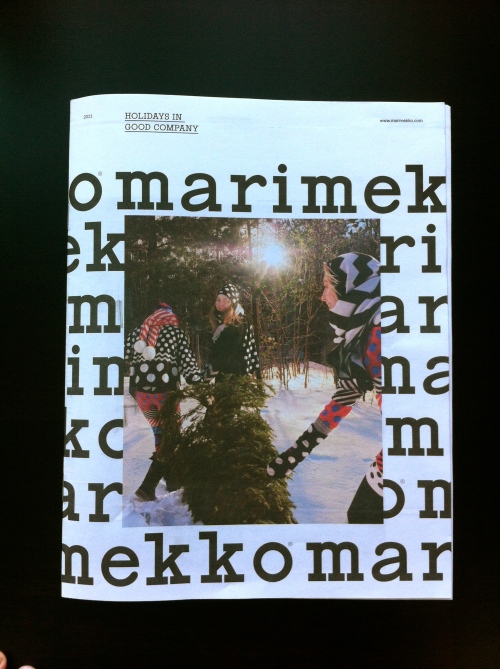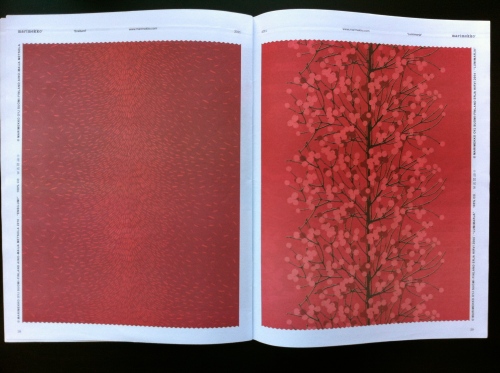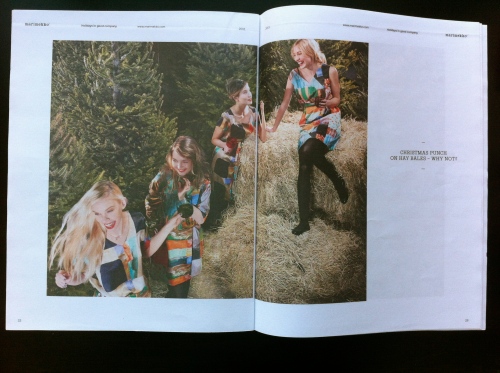
Since I missed yesterday, today is a combination post, which is fitting because I learned a lot about Erik Bruun’s work from my trip to Vallila’s studio. So I guess it was meant to be. Above are two posters designed by Erik Bruun, probably his best known work from the 1960’s. Jaffa is a brand of orange lemonade/soda in Scandinavia, sort of like orange Crush. I love the graphic look of these posters, very retro, and I love with the colors. I saw earlier versions of these posters below at the Design Museo in Finland. While researching Bruun, I learned Jaffa recently decided to capitalize on their brand legacy and has begun licensing their vintage artwork to other companies. Vallila Interior is one of these companies. Recently Vallila took these posters and turned them into curtains and textiles. It’s great to see how these designers and companies are related here in Scandinavia.
Bruun spent his childhood in the village of Säiniö on the Carelian isthmus. In the war years his family was forced to move to Helsinki, where he later enrolled in the Central School of Industrial Design. He graduated as a graphics designer in 1950. After graduation, Bruun worked for three years as an exhibition designer and advertisement artist. In 1953 he founded his own design studio, where he produced the most of his work. Bruun’s works are diverse and numerous. They include posters, postcards, stamps, and most notably the reverse sides of the last ever series of the Finnish Markka banknote series from year 1986.

The first Bruun poster I saw (above) at Design Museo. I really like the the more naturalistic style in the print (below).

So Jaffa and Erik Bruun bring us to Vallila Interior. Normally every year the study tour visits Marimekko, but this year they were closed for summer holiday. While I’m sad I missed out on that, it was great to see another company that takes a different approach to textiles. We’re also the first group to visit Villila, based is also based Helsinki, Finland. Vallila has a huge showroom filled with some of the most beautiful curtains and interior textiles I’ve seen combined with beautiful lighting and furniture. While Marimekko seems to cater to fashion and surface design on products, Villila mainly focuses on interior textiles, like carpets, rugs, curtains, etc. I think as they grow, they might begin moving more into a “Marimekko” direction but who knows. Below is a screenshot from their website, where you can view their entire catalog of textiles. You can even download their entire catalog for free.
Typically, Vallila releases two unique collections a year with new patterns and colorways; each collection contains around 30 patterns. After 75 years of business, Valilla now has a library of over 200 prints and colorways. Today contract and retail are the biggest business ventures for the company, which now employees 140 people. Another interesting note, our tour guide mentioned that for the first time in their history, Vallila has begun to brand themselves a comprehensive identity, in the true graphic design sense of the word, much like Marimekko has done for years. If (or when) they make it to the US, I’d love to work with them, or buy some of their stuff!



A Sample table of textiles available at Vallila with home, office, and commercial grades of fabric, plus their own lines of designer textiles.

Lots of bold graphic patterns.

Their showroom is organized by color, with textile colorways grouped together. Great way to see how different patterns change due to color alone.

One of my favorite patterns. Something about this orange really works.

Purple, green, and blue.

They even have type curtains!

These would make pretty awesome wallpapers right?
Up next is another Finnish designer, Kaj Frank. Coming tomorrow.
Read Full Post »


